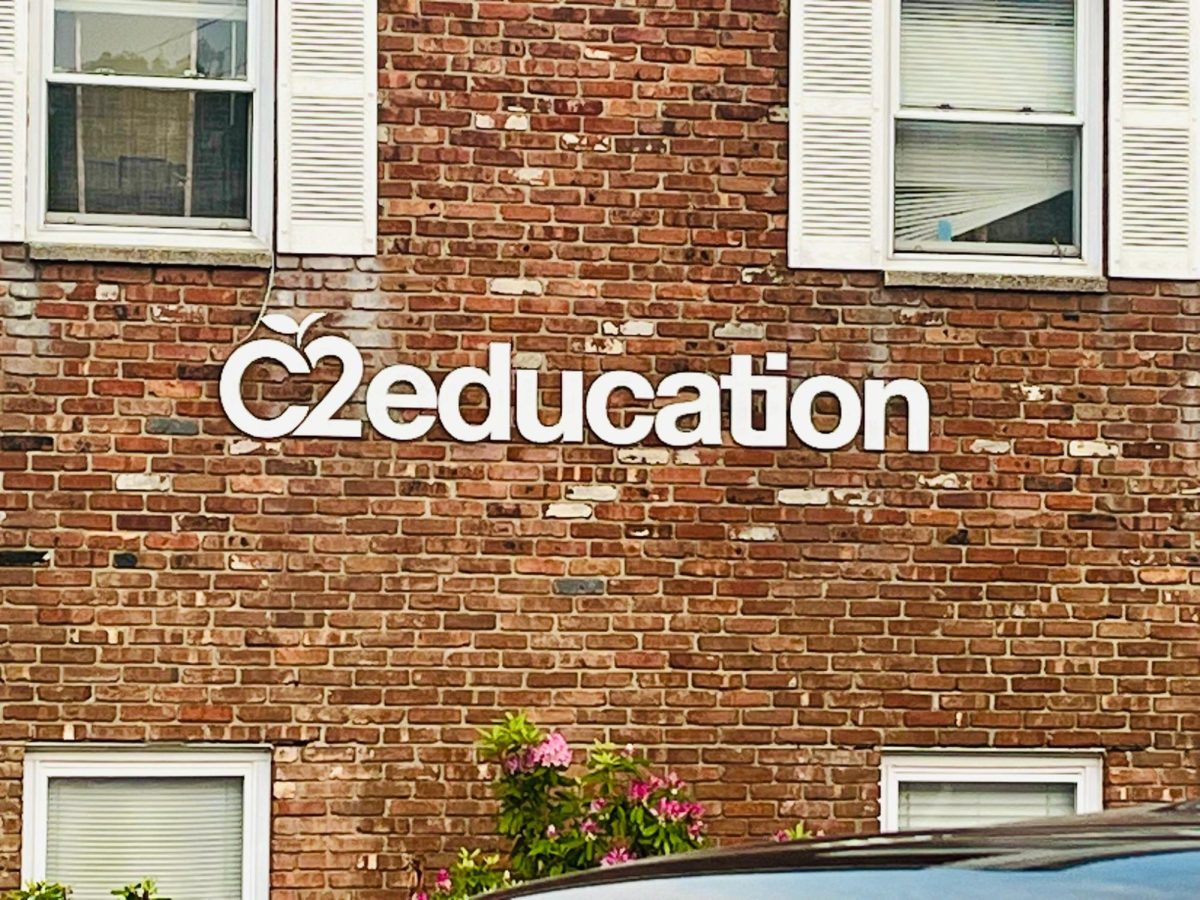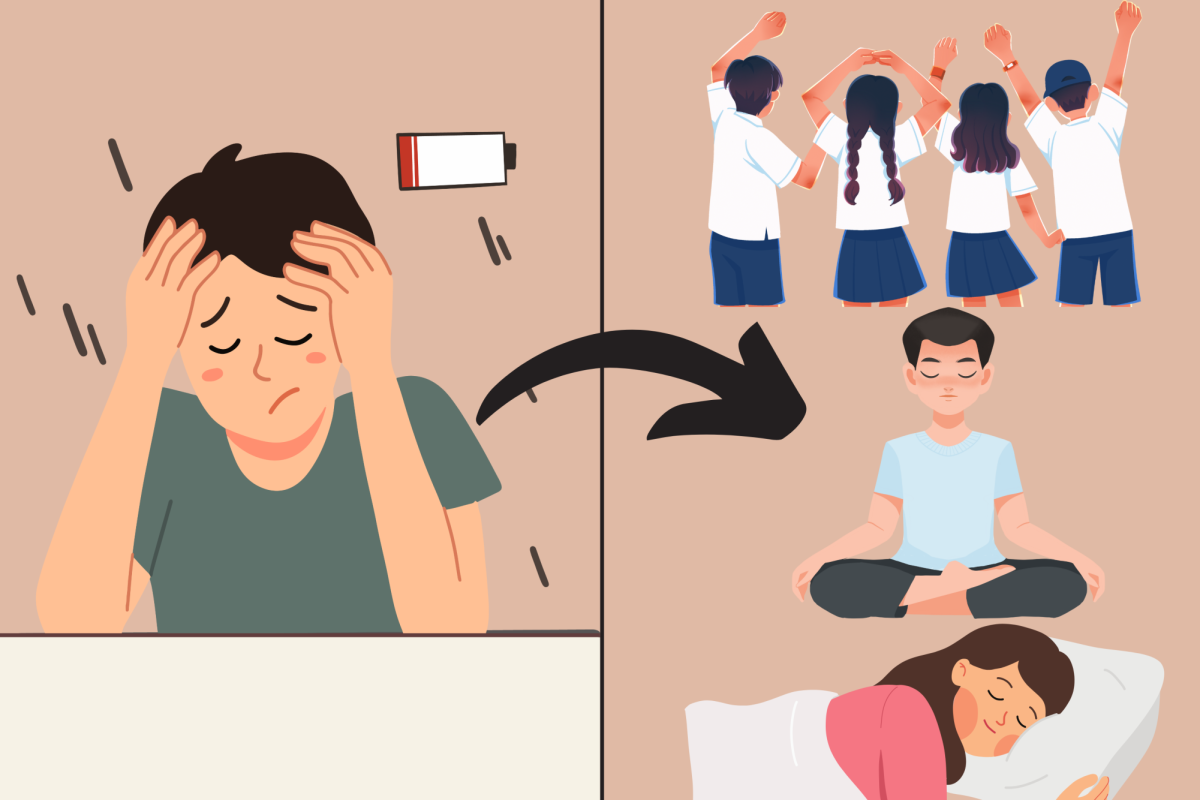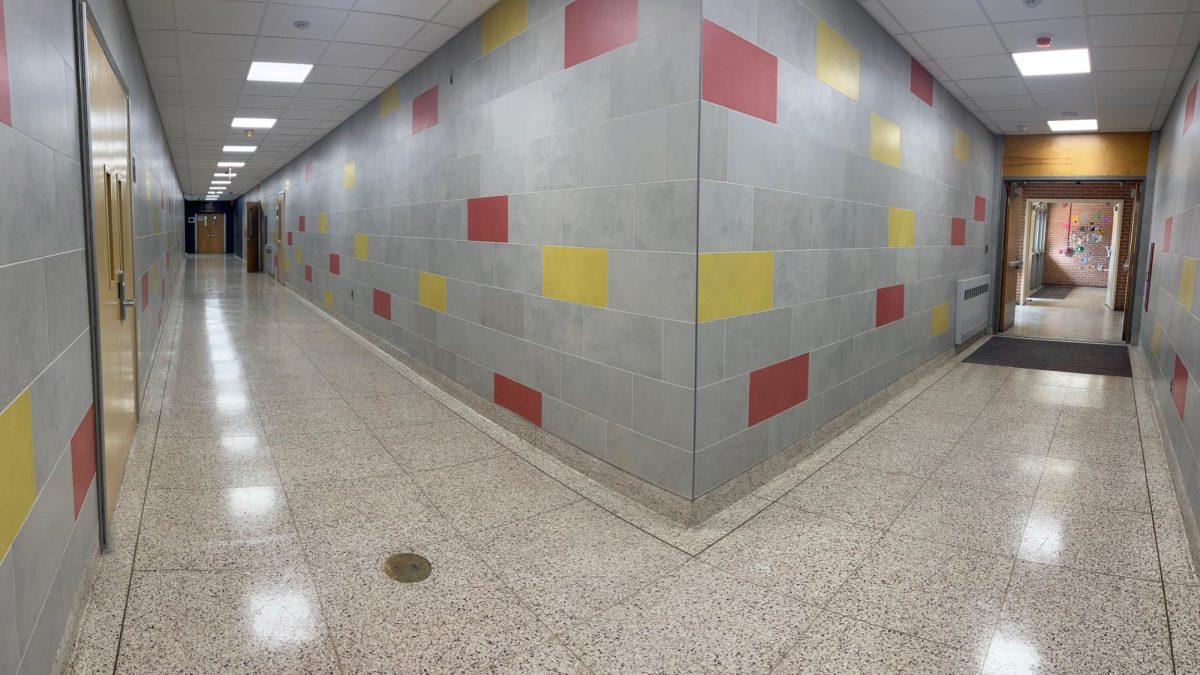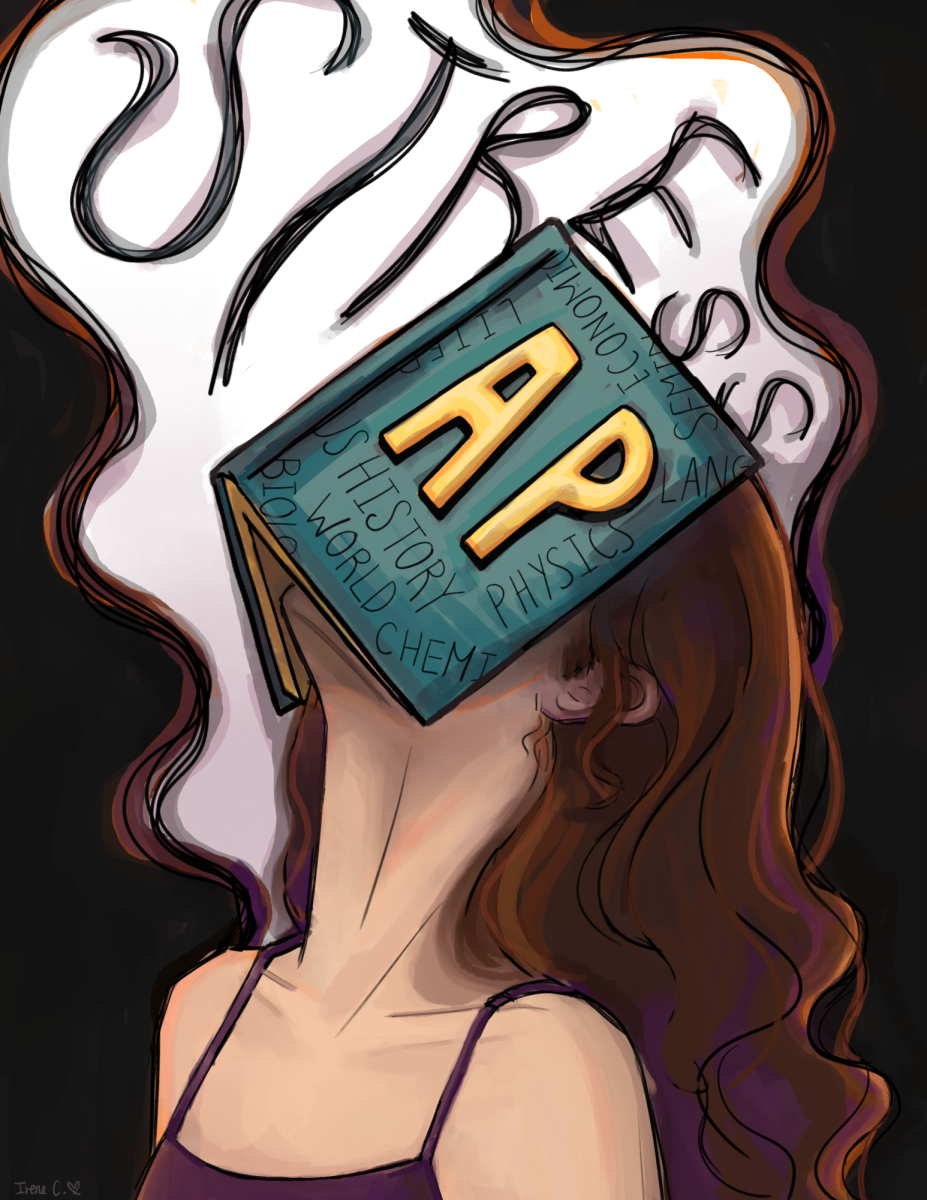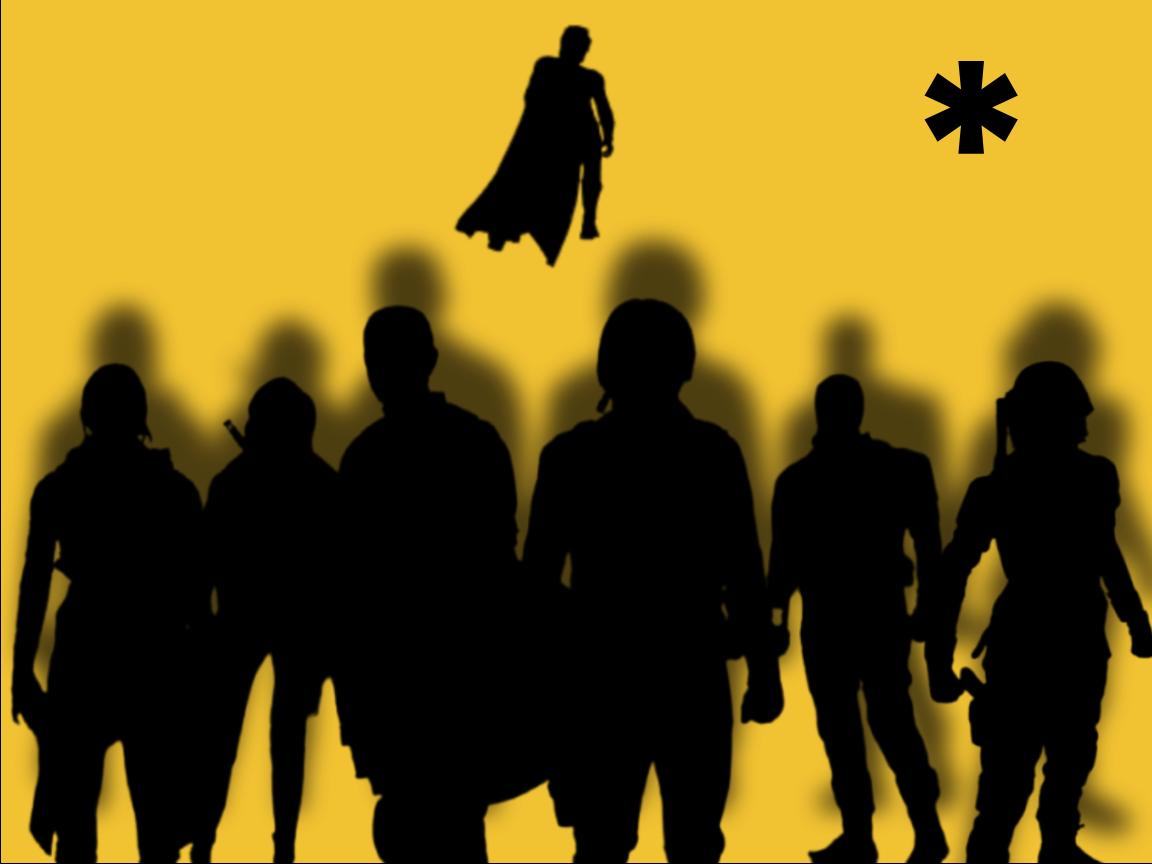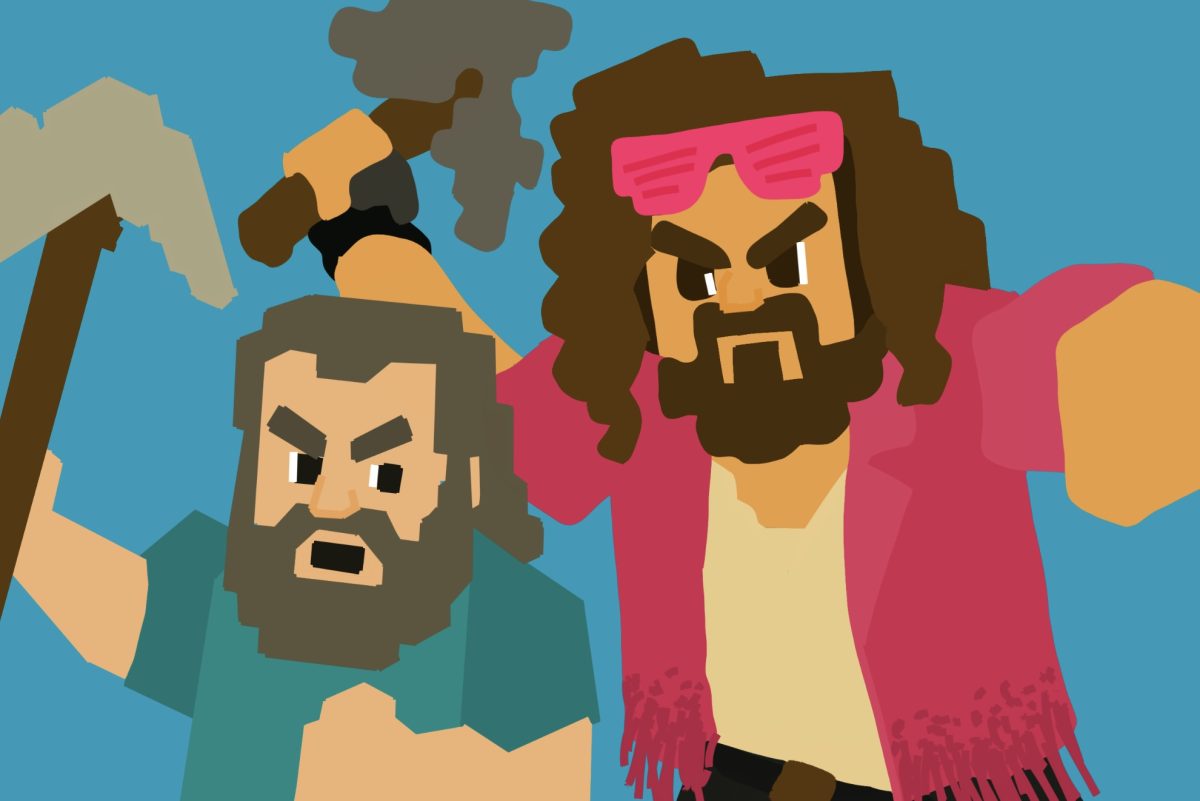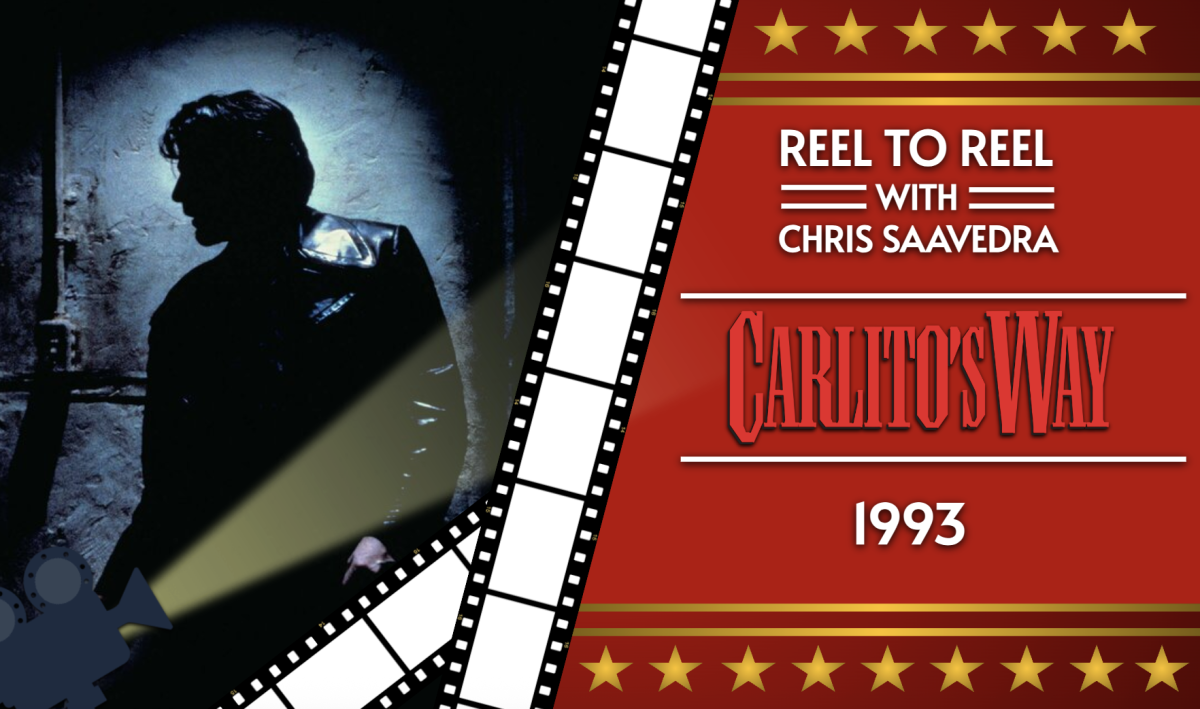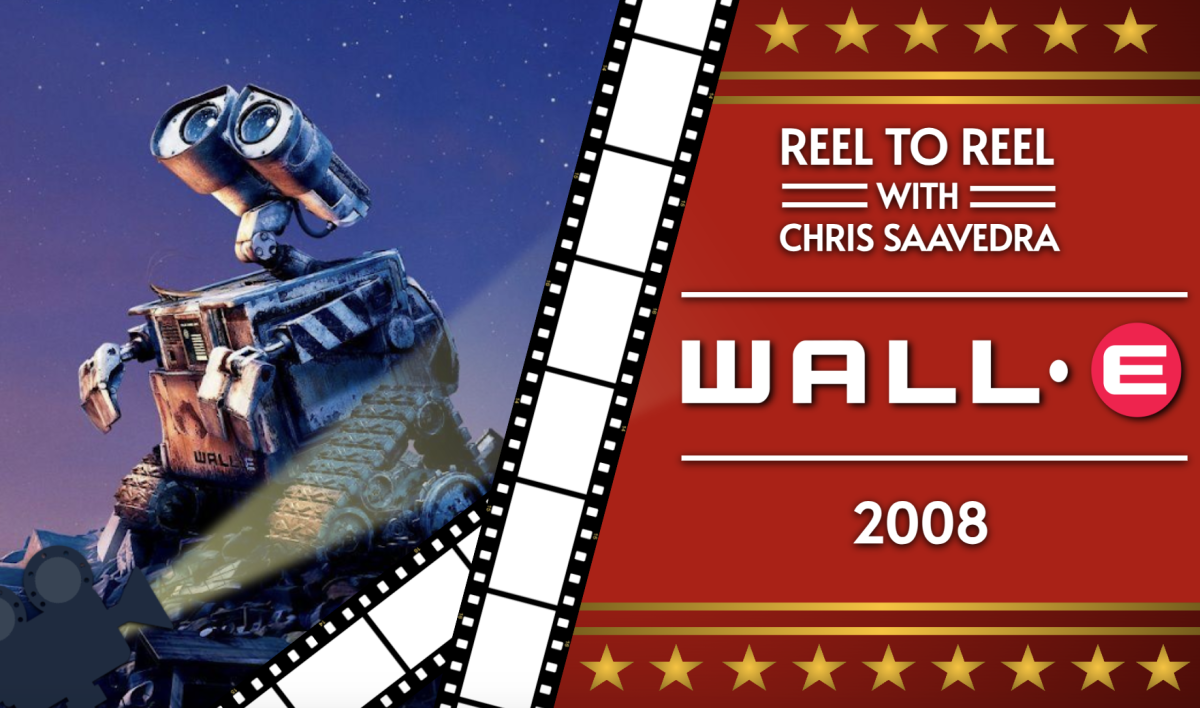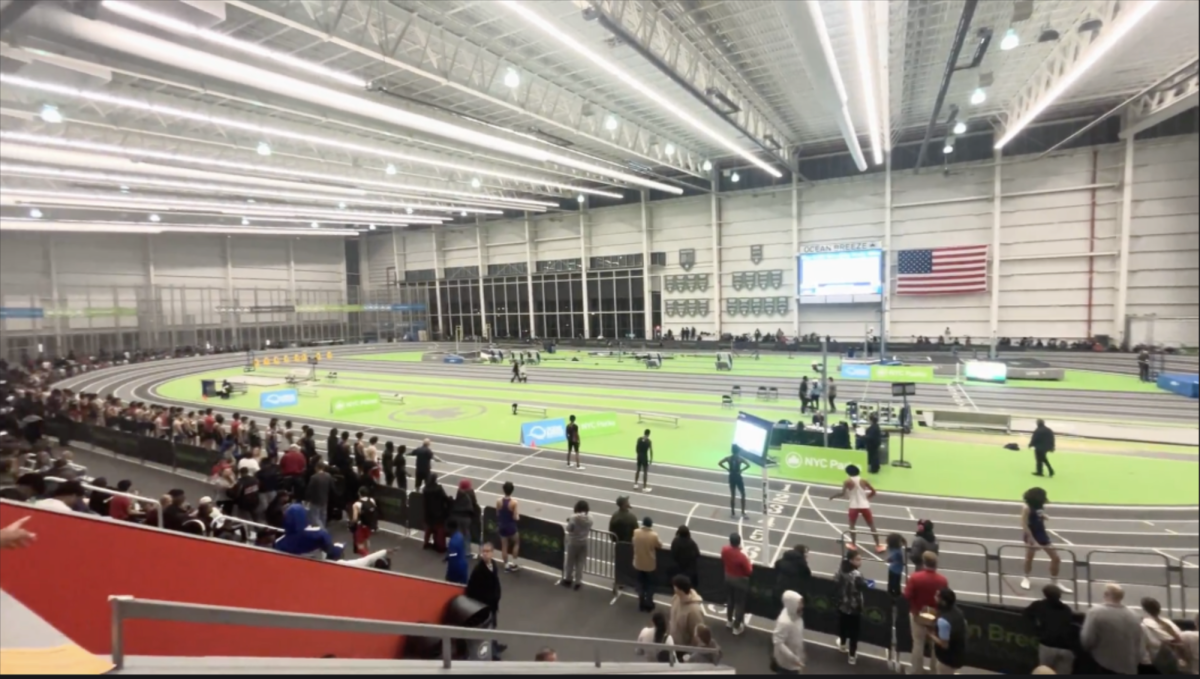In the ever-evolving landscape of the modern world, technology and new innovations govern our lives. We are living in an age of unbridled consumerism and materialism, only intensified with the cultivation of social media in the digital age.
However, with these new conveniences, we are slowly confronted with a new reality. A reality where the coexistence between humanity and the environment is increasingly compromised, and the insatiable appetite for progress has left a literal scorched earth and ruined environment.
Against this backdrop, one film stands as a stark reflection of the state of our world and our potential future: WALL·E. Created by Disney and Pixar and directed by Andrew Stanton, it utilizes the voices of Ben Burtt, Elissa Knight, and Jeff Garlin, and was released in the summer of 2008.
Under the gaze of a friendly animated robot, WALL·E illustrates a critical eye on the repercussions of our technological dependence, the neglect of nature and the environment, and the relentless chasing of our consumer-driven civilization.
Set in the far future, Earth has become a garbage-ridden wasteland caused by ruthless consumerism, corporate greed, and forsaken environment and nature. Humanity has evacuated Earth and left robots to clean up the destruction people have left behind. One robot, WALL·E, has survived and developed a mind of his own. Together with his new companion EVE, they set out to find new life on the planet.
In an era dominated by overindulgence and consumer culture, WALL·E raises crucial concerns about the potential perils of our dependence on convenience and computerization. In the film, humans now reside on a spaceship, and have become adult infants, with robots catering to their every whim. They have grown morbidly obese, living in screen-cetric isolated lives, which draws eerie comparisons to our current world influenced by technology and the decline of physical social interaction.
Covering the debate on the progression of technology and its effects on people, the film urges us to closely examine how to maintain our humanity in the face of advancing technology and telecommunications.
WALL·E also portrays the dangers of throwaway culture and overconsumerism lifestyle where everything we use gets thrown away, with no regard for the damage to our environment. Few products are designed to last, and a majority of them end up in landfills, but sometimes land up in oceans or out in the woods, wreaking untold havoc on the local wildlife and ecosystems. The earth is depicted in an hellish, apocalyptic timeline where humans have abandoned their planet, and in their wake, trash and rubbish covers the land.
The movie serves as a cautionary tale about the consequences of mindless consumption. It challenges us to reconsider our habits, advocating for sustainable practices and a more mindful approach to our choices as consumers.
Though WALL·E might be a small little robot, he represents a much larger and important message. It gives its viewers a glimpse into what could happen if we don’t regulate our technological prowess and don’t drastically take action to adopt a more sustainable way of life. Its explorations of environmental issues, technological dependence and the perils of consumer culture is very reminiscent of contemporary challenges, and it resonates with audiences now more than ever before.
As we grapple with topics that impact the fabric of our society, the movie’s themes continue to provoke thought, advocating for a more conscious and responsible approach to the world we inhabit.















